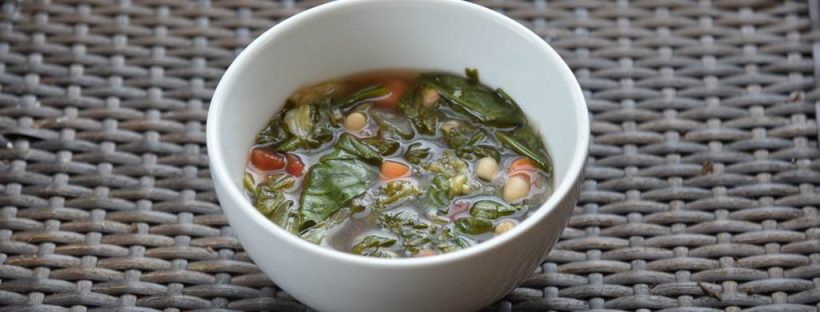It’s almost spring! For me, that means it’s almost time to celebrate Holi, the Hindu celebration marked by a festival of colors.
Different parts of India have different traditions to celebrate Holi, a festival that falls this year on March 20. Holi marks the arrival of spring and the victory of good over evil.
A Two-day celebration
I’m originally from the state of Maharashtra in the western part of India. Growing up in this region of India, Holi was a two-day celebration. My mom would start the first day by making a big feast. The highlight of the meal was always the dessert “Puran Poli,” a sweet flatbread filled with lentils, sugar, cardamom, and nutmeg. The dessert is topped with “ghee,” also known as clarified butter. Later that evening, we’d have a neighborhood bonfire.
A Festival of Colors
The big “festival of colors” happened on the second day of Holi. To celebrate the coming of spring – we’d throw colored powders at each other while the kids would spray each other with water guns filled with colored water.

The author with her family as they celebrate Holi.
Celebrating Holi in Upstate N.Y.
Now I live in Clarence, N.Y., and haven’t lived in India for almost two decades. I still make my favorite Puran Poli dessert. I’ve included the recipe below.
My family and I attend the temple at the Hindu Cultural Society in Getzville, N.Y., where we celebrate the festival with our local community by throwing colors. Everyone from kids to adults enjoy this fun event. We wear traditional clothing during the festival. Despite what you might see in the Bollywood movies, we’re not wearing white clothes during the festival.
The one thing I miss about celebrating Holi in India is just how big the festival could become. Everyone celebrated Holi where I’m from. Here, we celebrate at the temple with only 100 to 200 people. It’s still fun and meaningful, but definitely not as big!
| Prep Time | 2 hours |
| Servings |
|
- 1 cup whole wheat flour for dough
- 1 tablespoon vegetable oil for dough
- 1 pinch salt for dough
- 1 cup chana dal/split bengal gram
- 1 cup sugar
- 1/4 teaspoon nutmeg powder
- 1/4 teaspoon cardamom powder
- 1/4 teaspoon saffron
- 1/4 cup whole wheat flour for rolling
- 3 tbsp ghee
Ingredients
|
|
- Wash the chana dal 2-3 times. Add 5 cups of water along with the dal in a heavy-bottomed pot. Let the lentils cook on medium-low heat for an hour, stirring a few times. Remove any white foam that may rise up.
- Drain all the water. Add sugar, nutmeg powder, cardamom powder, and saffron. Mix well, and cook stirring frequently for 10-15 minutes on medium heat.
- Cool down the cooked dal for 10 mins. Blend it to a smooth consistency with a hand blender or food processor.
- Knead soft, pliable dough with 1 cup of whole wheat flour, salt, and oil. Let the dough rest for 30 mins.
- Start making balls for the dough and the stuffing, which should be of the same size.
- Put a heavy griddle on medium-high heat. Roll the dough by using the dry wheat flour that is kept aside for rolling. Make a 3-4 inch diameter circle. Put the stuffing in the middle of the rolled dough and then gather all the sides of the dough on top of the stuffing to enclose it. Roll the bread softly using more dry flour. Gently put the rolled bread on the heated griddle. Cook evenly on both sides to a perfect golden brown color. Serve with ghee on top.























